The road from Pokhara back to Kathmandu, with stops in Bandipur and Gorkha – Nepal
I decided to go to Bandipur and Gorkha. After five trekking days in the Annapurna Area, I had to relax and recover in Pokhara for one day. I had no idea where I was going to stay until my departure from Nepal. In this case, I took advantage of Pokhara Lakeside’s luxury for the rest of the day. I ate at my favorite Tibetan restaurant, lay on a sunbed among flowers on the lakeshore, and bought a few traditional souvenirs.
I had a great victory when I managed to withdraw cash from the only bank machine accepting Romanian cards. For lunch, I tried delicious buff sukuti (dried meat) and masala papad (crispy Indian bread – papadum with tomatoes, onions, and spices). In the afternoon, I dared to go to the travel company that had arranged my Ghorepani Trek and ask for Salia’s mobile number. I was hoping to see my guide-cum-porter again when I would arrive in Gorkha, his hometown.
The following day, the owner of the Lotus Inn Hotel in Pokhara got a good taxi offer for me, at half price compared to other offers I had gotten from the street-corner taxis. In Prithivi Chowk bus station, the taxi left me right next to the bus for Bandipur. The bus helper took very good care of me. He climbed on the rooftop of the bus with my backpack and didn’t let me buy a ticket from the counter. Consequently, I accepted to buy a ticket from him because he had a decent price and always smiled. Unfortunately, I shivered from the cold for the next eighty kilometers to Dumre. I covered my head with the hood of the jacket and tried to avoid the cold air current formed by the bus always running with an open door.
In Dumre, I had to change buses and wait inside another bus for almost one hour until it filled up with people. Around me, people spat seed peelings, screamed, and ate strange dishes from different bags with their hands. After that, they licked their fingers and threw the garbage out of the bus window. However, the road to Bandipur had spectacular views, it was narrow and snaky, and went up into small mountains with panoramic views of the Himalayas.
Bandipur – a Nepalese town with a European vibe
From the bus stand in Bandipur, I walked only 50 meters until I reached the first guesthouse, Bandipur Village Resort. I bargained for a room with a shared bathroom, quickly had a traditional chicken chowmein to appease my hunger, and went out for a walk in the town center.
Bandipur had been an outpost on the route between Tibet and India until the construction of the new highway. The current bazaar had just one street with Newari houses from the 18th century lining up on both sides. Most of the houses had been turned into hotels with pavement cafés facing the street, colorful flowers at windows, and balconies with intricate woodcarvings.
From the main street, I went down some stairs toward Mahalaxmi Temple surrounded by banana trees with purple flowers. Next, I went to the main square where Bindebasini Temple had elaborately, colorfully painted woodcarvings. From there, I went uphill to Khadga Devi, another Hindu temple. Afterward, I went to Tundikhel, the town’s football playground with a precious touristic view of the Himalayan Range.
I returned to the bazaar along another road and abruptly climbed to Thani Mai Temple. There, pilgrims spun and rang bells around the small stone shrine, which also had a place with red dust paint for tikkas. While I was admiring the new Himalayan view, all the Nepalis wanted to take a photo with me. This time I turned down all of them. I descended from the small temple and went to the bazaar for the third time during that day. I sat at a terrace in the street and benefited from the last sun rays.
The road from Bandipur to Gorkha
In the morning, I went to the first bus leaving from Bandipur toward Dumre. I had to wait for an hour until it filled up with people and left. In Dumre, I stayed at a terrace for two hours as the owner told me the Pokhara-Gorkha bus should stop there. Eventually, he recommended me to take a bus to Abu Khaireni, though. Within ten kilometers, I had to change the bus again and find the Abu Khaireni – Gorka bus. When I finally arrived in Gorkha, I could celebrate a new Nepalese record: 50 kilometers, 3 buses – 5 hours!
From Gorkha bus station, I walked down the main street and went directly to Hotel Gorkha Bisauni – the only acceptable hotel in Gorkha listed in the Lonely Planet Guide. I checked and negotiated several rooms, all of them a bit too dirty for my taste. The hotel had a garden with manicured grass and a panorama of the town, though. I finally agreed with the receptionist on the price of a room because I was hungry. The receptionist was in a flirting mood and invited me on a bike ride. However, the toilet didn’t work in my room, so I had to change it and ended up in a more clean and modern one, at the same price.
Saila didn’t answer my messages, so I presumed that he already was in the mountains with other trekkers. In the afternoon, I walked through the town center and discovered some Hindu temples in the oldest neighborhood. Gorkha Museum was closing when I arrived there but I managed to get inside the vast gardens with temples and shrines and walk for a while.
The following day I climbed the Pilgrims Stairway to Gorkha Durbar. Gorkha Durbar was an important pilgrimage place for Newars and a significant religious complex. It included the former palace of the shahs, a mausoleum, and a wooden temple dedicated to the Kalika goddess. At Kalika Temple, Nepalis sacrificed goats every day. When I got there, they even invited me to watch their bloody rituals.
Goats were sacrificed inside the temple. After that, you could see pilgrims carrying them chopped and bleeding in bags badly sewn. I had to take off my shoes to go inside the religious complex, and when I entered the temple’s courtyard, I had to find my way among goats’ blood.
I empathized with an innocent goat sniffing me and waiting for its turn at the temple. Besides goats, the temple courtyard was full of pilgrims walking around four fires and reciting mantras, saddhus blessing pilgrims for money, and a few strollers singing anything for money. Pilgrims who didn’t have money for a goat brought chickens to the temple. They carefully transported the chickens in special pouches of wattle or cartons with holes.
After I left the religious precinct, I went up to a lookout place with a small statue carved in stone. From there, I could see the former palace complex and the Himalayas in the background. While I was sunbathing at the lookout point, other Nepalis wanted to take photos with me – typical for Nepal. When I returned to Gorkha, I had late lunch at one of the few tourist restaurants – customary spaghetti to appease my hunger.
For the rest of the day, I stayed in my dark hotel room, with a cold shower and a functional toilet. I wasn’t feeling well and I had to treat my new sinusitis gotten on the Pokhara-Bandipur bus, which had run with open doors all the way. For the so-called dinner, I avoided the local eateries and gorged myself with chips, bananas, and biscuits.
Returning to Patan after Gorkha and Bandipur
I decided to spend my last two days in Nepal at Ashnu’s home in Patan. I had met her on the Couchsurfing platform a month before, and we kept in touch during my stay in Nepal. She could host me for two nights, and it was also her birthday – a festive ending for my travel, too. However, Ashnu wrote a message telling me she had just returned from the hospital because she had a kidney crisis. She insisted that I could come, though, and was looking forward to seeing me again.
In the morning, I took the minibus from Gorkha directly to Kathmandu. Before leaving, the minibus stopped at a house where three men loaded big bags. At the exit from Gorkha, the bus helper talked and even convinced people on the street to come with his minibus to Kathmandu. The minibus filled up with people, and we crammed together with chickens cackling in cartons with small holes. All the minibus windows were open, the door too, and the passengers constantly had to spit somehow outside. I monopolized my window and kept it close, though. I had to protect my sinusitis despite the complaints of the passengers who desperately needed my window open – to spit outside the minibus. As usual, the minibus stopped to pick up or leave passengers from anywhere. For lunch, we had a break at an eatery along the road.
Before entering Kathmandu, we had to stay in a long queue for several kilometers along the tangled highway. In Kathmandu, the minibus made a detour to unload big bags and another detour to load new big bags. I saw the dusty ring road of Kathmandu out of the window, and I was eagerly waiting for the promised Ratna Park bus station. However, most of the passengers got off the minibus after countless loadings and unloadings. In the end, the bus was almost empty, and the bus helper told me to get off the bus too, in the middle of the ring road. No Ratna Park Bus Station.
On the Kathmandu ring road, I talked with the first taxi driver and showed him where I had to go using my GPS. The driver and a police officer studied my phone for ten minutes. After that, they smilingly told me that I was on the ring road, and then just left. I saw another taxi, showed the GPS with the address to him, and asked the price for a ride. I negotiated the price right away, and surprisingly he accepted it immediately. We crossed shabby neighborhoods with unpaved, dusty streets, and just when we reached the river, we reached modern, asphalt roads. Eventually, I talked with Ashnu on the phone, and she explained to the taxi driver where to drop me.
In the evening, I enjoyed charming Jasimkhel – the expat neighborhood in Patan close to the British School. Ashnu was with her boyfriend, Brij, who had come for her birthday twelve hours from India. There was also a Belgian staying there with Airbnb, Jene. I quickly had some dhal bhat as I was starving. Then, I unpacked my backpack in my new room facing a tiny garden and spent the rest of the evening talking with Ashnu and Brij.
Patan, Jasimkhel (Ashnu’s home)
For lunch, I went to Patan Labim Mall and in the evening, I met with Ramesh and Elen, the editor of Inside Himalayas.
On my last day in Nepal, I walked through Patan in search of a Nepalese top (the dress that women wear over trousers). I bought one with red flames and small beads. It wasn’t very Nepalese, but it had a universal model I could wear in my country, too. Then, I quickly came back to Anshu’s home where Brij offered me a double spicy portion of noodles. I called Raju, the recommended taxi driver for the airport, but it was impossible to negotiate the price on the phone. I had cash left only for a normal ride to the airport.
At that moment, I got angry, went out with my entire luggage in the middle of the street, and stopped the first taxi passing by. Brij insisted on talking with him, although he was too gentle for tough bargaining. After I left, Brij ran after the taxi and stuffed 100 Indian rupees into my hand (the equivalent of almost one US dollar). He thought that maybe I would need some extra cash at the airport. However, at the airport, I still had to bargain with the taxi driver because he had understood something else from Brij. I gave him all the Nepalese rupees I had left and went to find my flight for Doha, Qatar.
I passed all the controls in Kathmandu’s airport without any problem. At the gate for Doha, a woman-bodyguard checking passports and tickets confiscated my key chain with a compass and thermometer. ‘Not allowed’, she said with a firm voice. No explanation, though. I wasn’t in a mood for quarreling. As I looked back, I saw the bodyguard putting the compass into her pocket. During the layover in Doha, I tried to sleep on the rigid and inflexible chairs in the quiet rooms for several hours. Some women were chatting, and I had to explain to them what ‘quiet room’ means. I heard Romanian at the gate for the Bucharest flight, after two months of traveling through Nepal. I didn’t know whether to be happy or not, but my life passed through Romania at that moment.
The road from Pokhara back to Kathmandu with stops in Bandipur and Gorkha is the last travelogue from my two-month trip in Nepal. You can find the version of this post in Romanian at ‘‘De la Pokhara inapoi la Kathmandu‘. If you want to read more about the trip through Nepal, here are all the Travelogues from Nepal (x12).
Have you been to Nepal or plan to go there? Leave a comment below this post and tell me what you liked in Nepal or what you want to see there.
Want to subscribe to my travelogues? Just leave your email in the subscription form below, and you’ll be notified when I publish a new post.

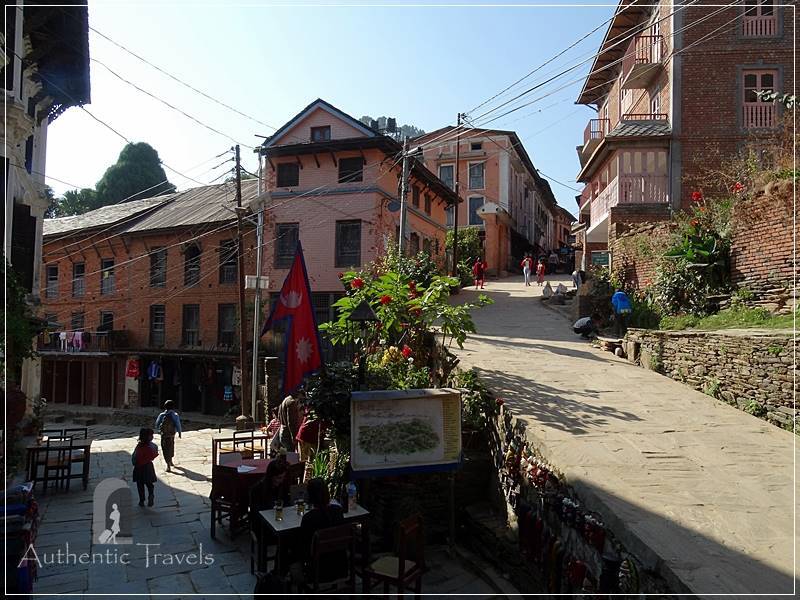
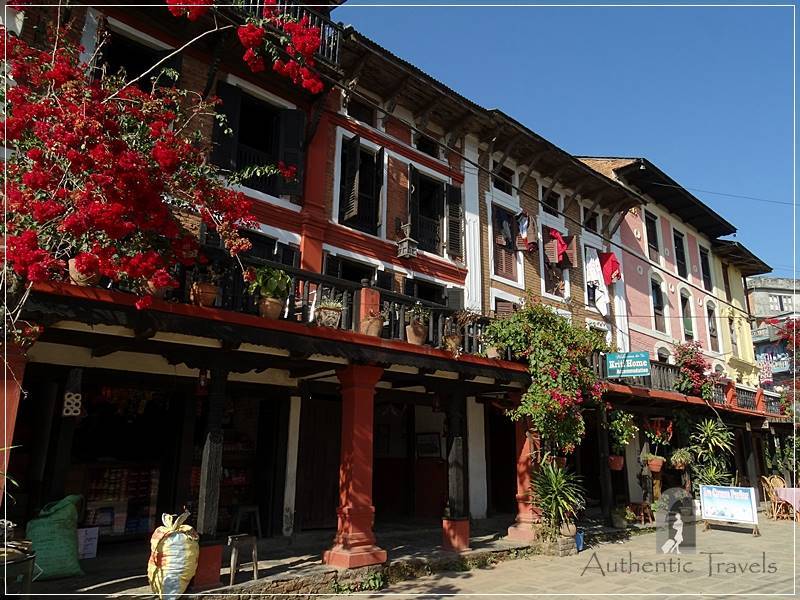

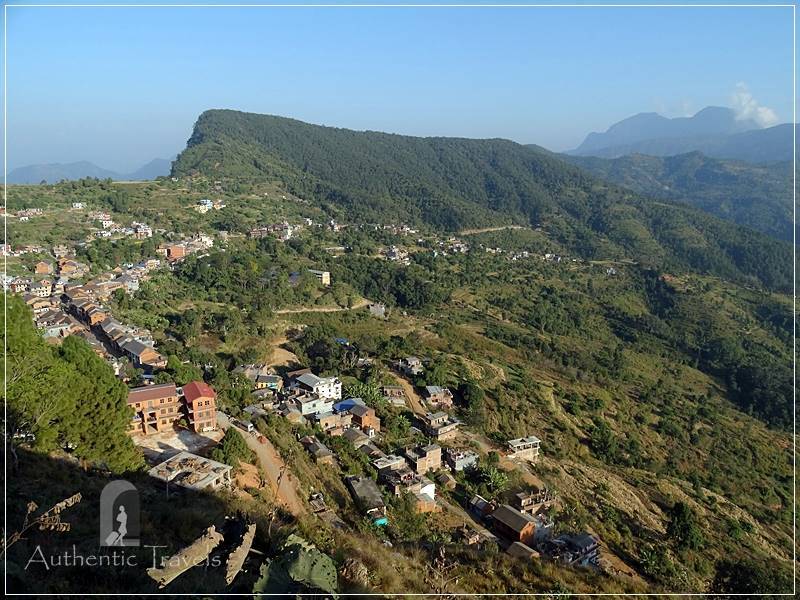


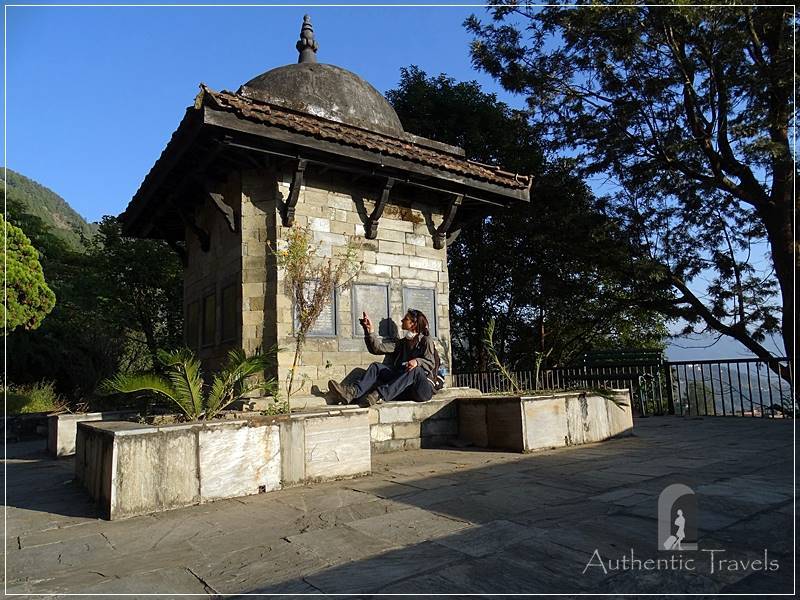
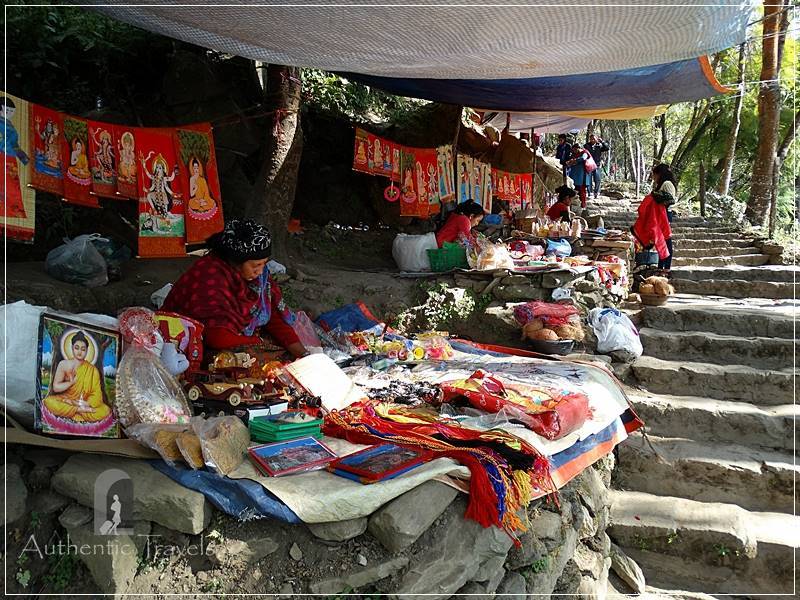
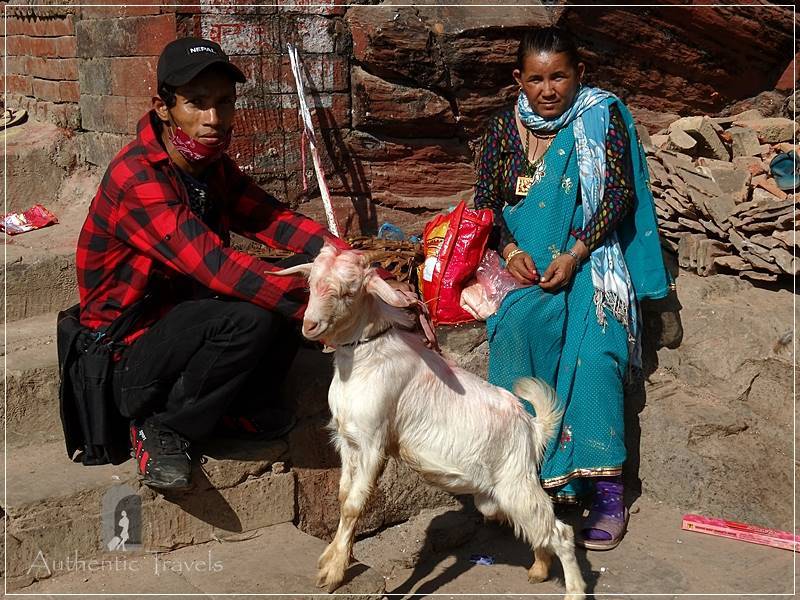
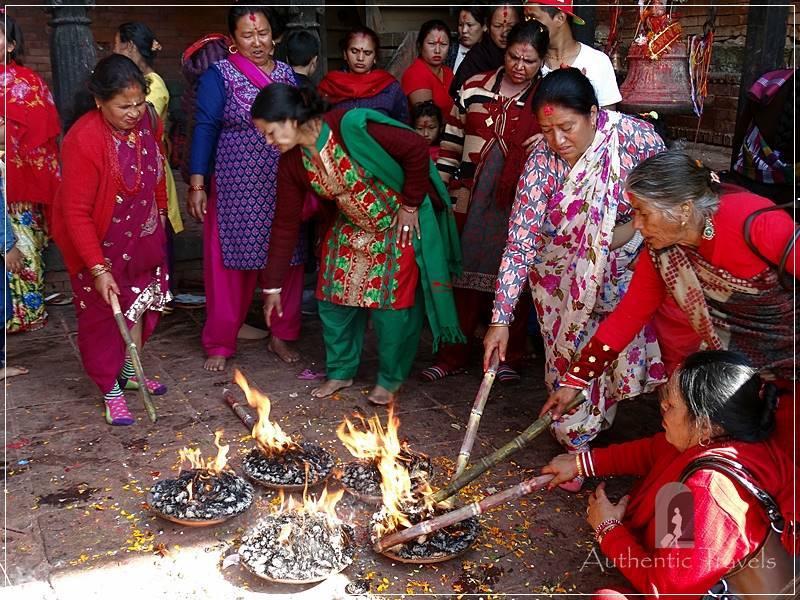
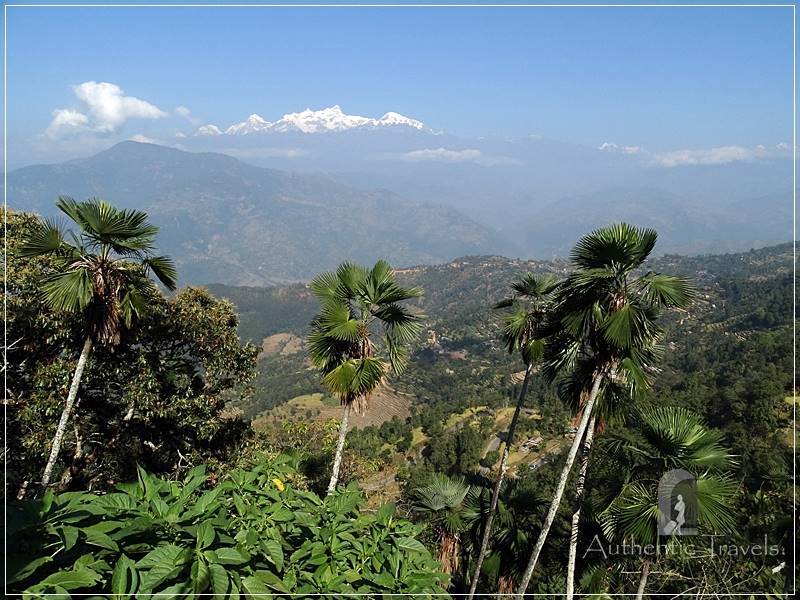
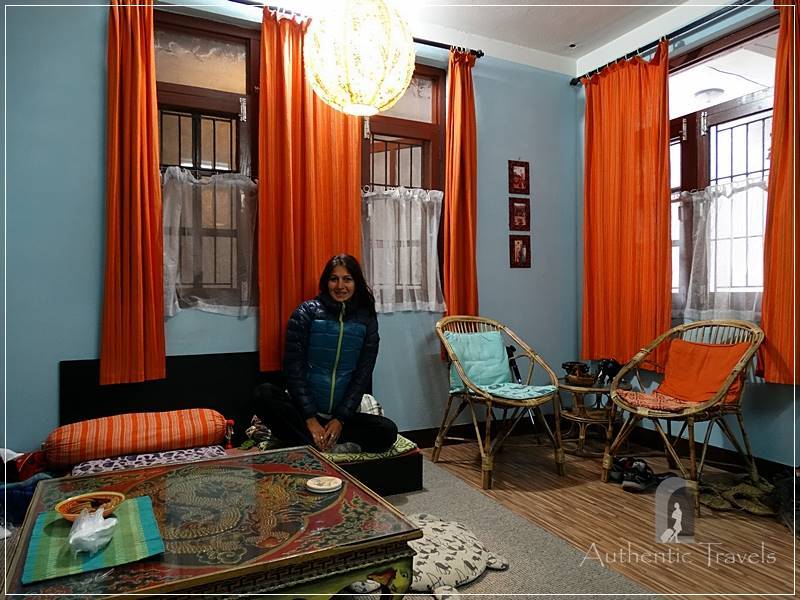
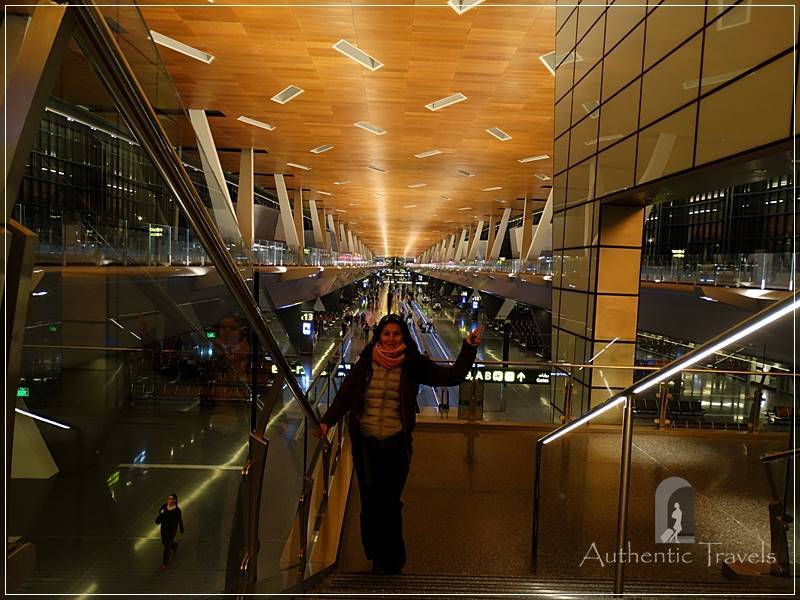
E prima oara cand iti vizitez blogul si pot sa spun ca il voi vizita periodic 🙂 Imi plac articolele tale… deci cat mai multe! Succes
Multumesc Madalin. Sper ca explorarile mele sa insipire si pe altii ca se poate. Trebuie numai sa vrei, solutii exista intotdeauna. 😉 Mult succes si te mai astept cu comentarii pe blogul meu.
Well done … to find your way by yourself! With the “Nepalese” English probably. I heard that this language is quite special.
They usually speak English and if they don’t, writing down the price number is essential – and everything becomes clear in those moments.
This was quite and adventure! Nepal is somewhere I’ve read a lot about, but never been. Gorkha looks very authentic, and the Nepalis sound like very kind people. Love the photos too!
The Himalayas are indeed the highlight of Nepal. And Gorkha is a place of interesting religious traditions.